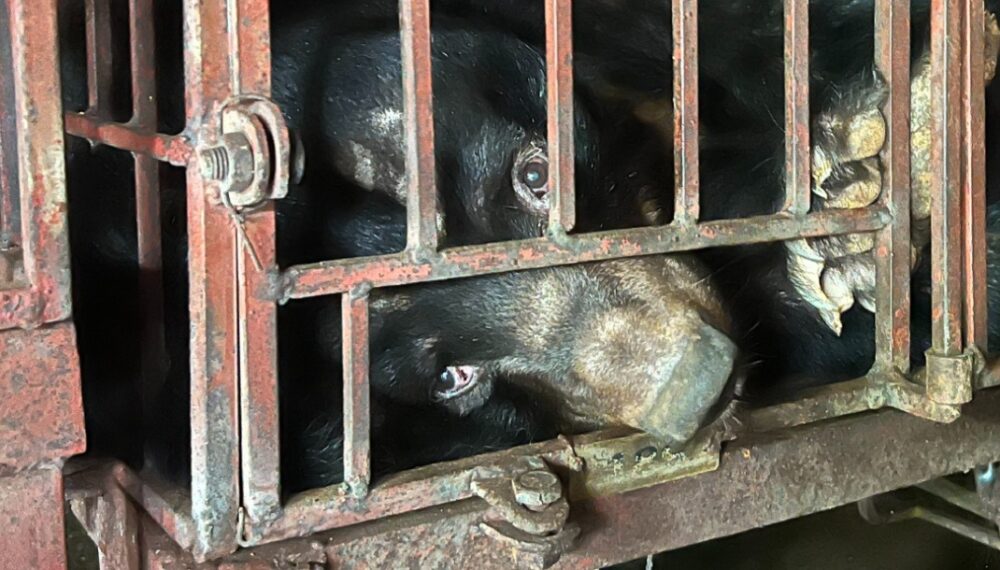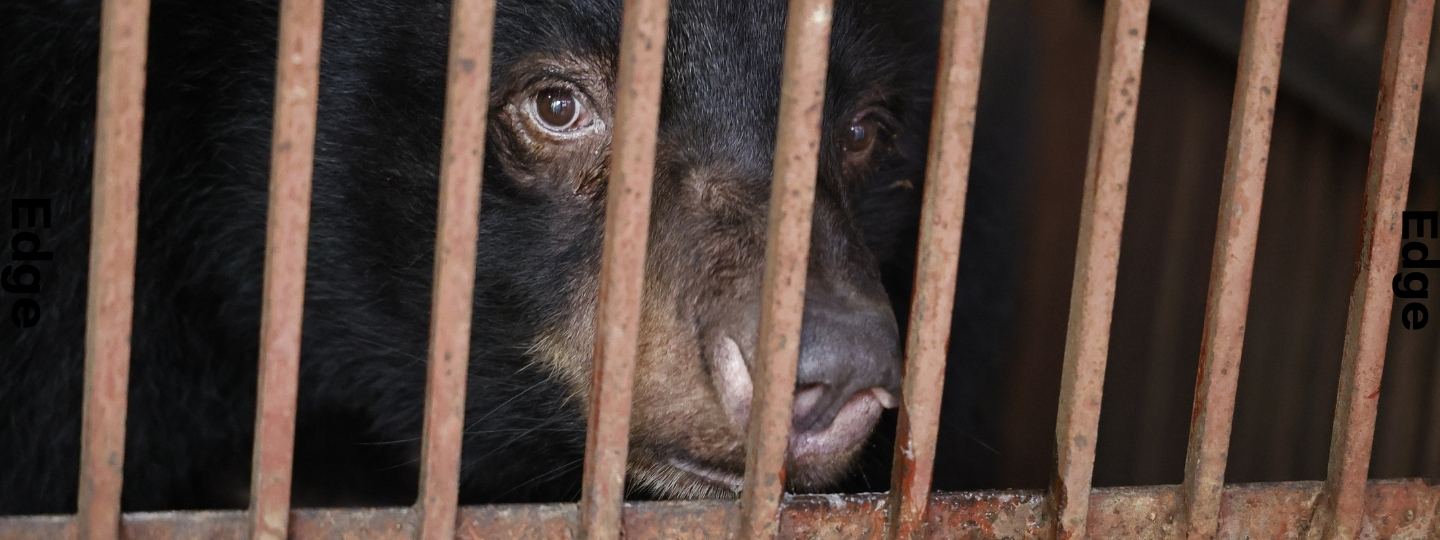
Bear bile farming
What is bear bile farming?
Bear bile farming is the industrial exploitation of bears for their bile – a digestive fluid used in traditional Asian medicine. More than 10,000 bears, mostly moon bears but also sun and brown bears, are trapped in this cruel trade across Asia.
We’ve rescued bears in cages so small they couldn’t turn around or stand on all fours. Most are confined this way as cubs and can survive up to 30 years, suffering decades of physical pain and psychological trauma.
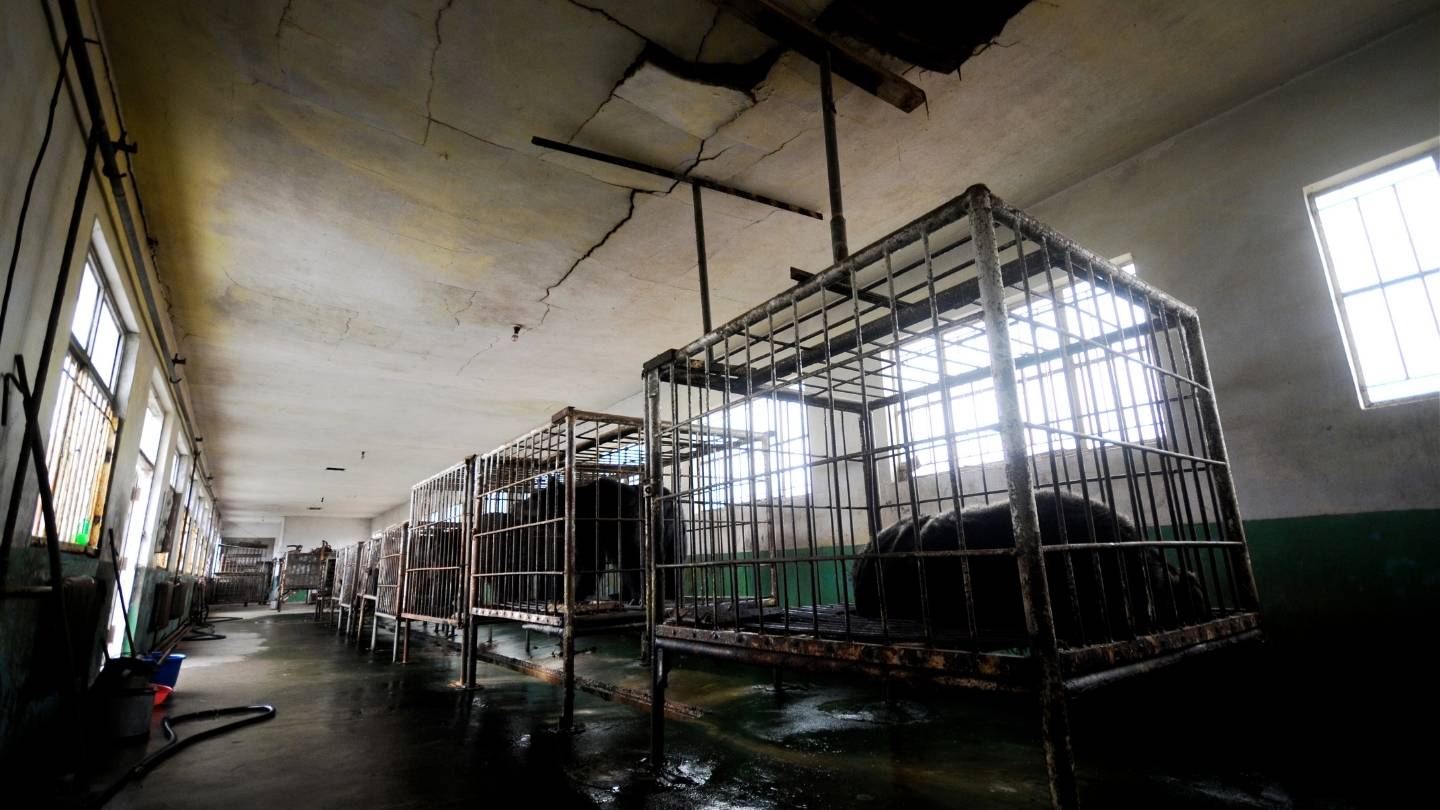
The history of bear bile farming
Bear bile has been used in traditional medicine for thousands of years, but commercial farming began in China during the 1980s.
The practice was introduced as a conservation strategy – intended to reduce poaching of wild bears. In reality, it has fuelled further exploitation, both through increased demand and the illegal trafficking of wild bears.
In Vietnam, bear bile farming was officially outlawed in the early 1990s, but weak enforcement and legal loopholes allowed it to persist.
How bears are kept
On bile farms, bears endure unimaginable conditions. Cages are so small that many bears are physically deformed from years of confinement. They’re often starved to stimulate bile production and live in bleak conditions with no natural light and poor nutrition and hygiene. Most farmed bears suffer from painful infections, chronic mobility problems, broken teeth, and diseases such as cancer and high blood pressure.
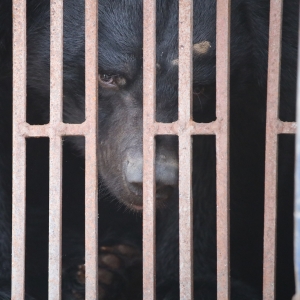
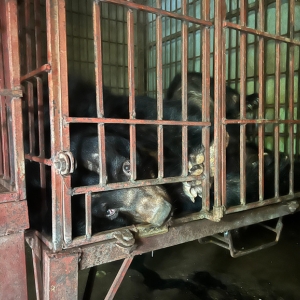
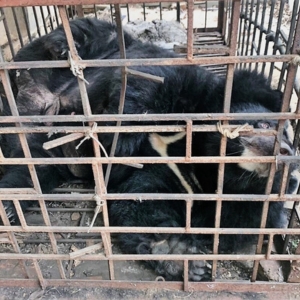
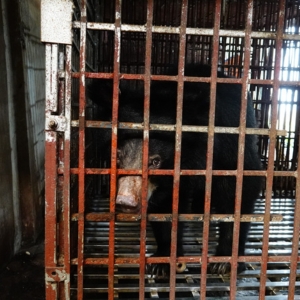
Effects on the bears
Bear bile extraction leads to long-term, devastating health consequences. Bears commonly develop liver cancer, infections, and behavioural disorders. Even after years at our sanctuaries, some display signs of trauma. Yet their capacity to heal shows their resilience and highlights the importance of rescue efforts.
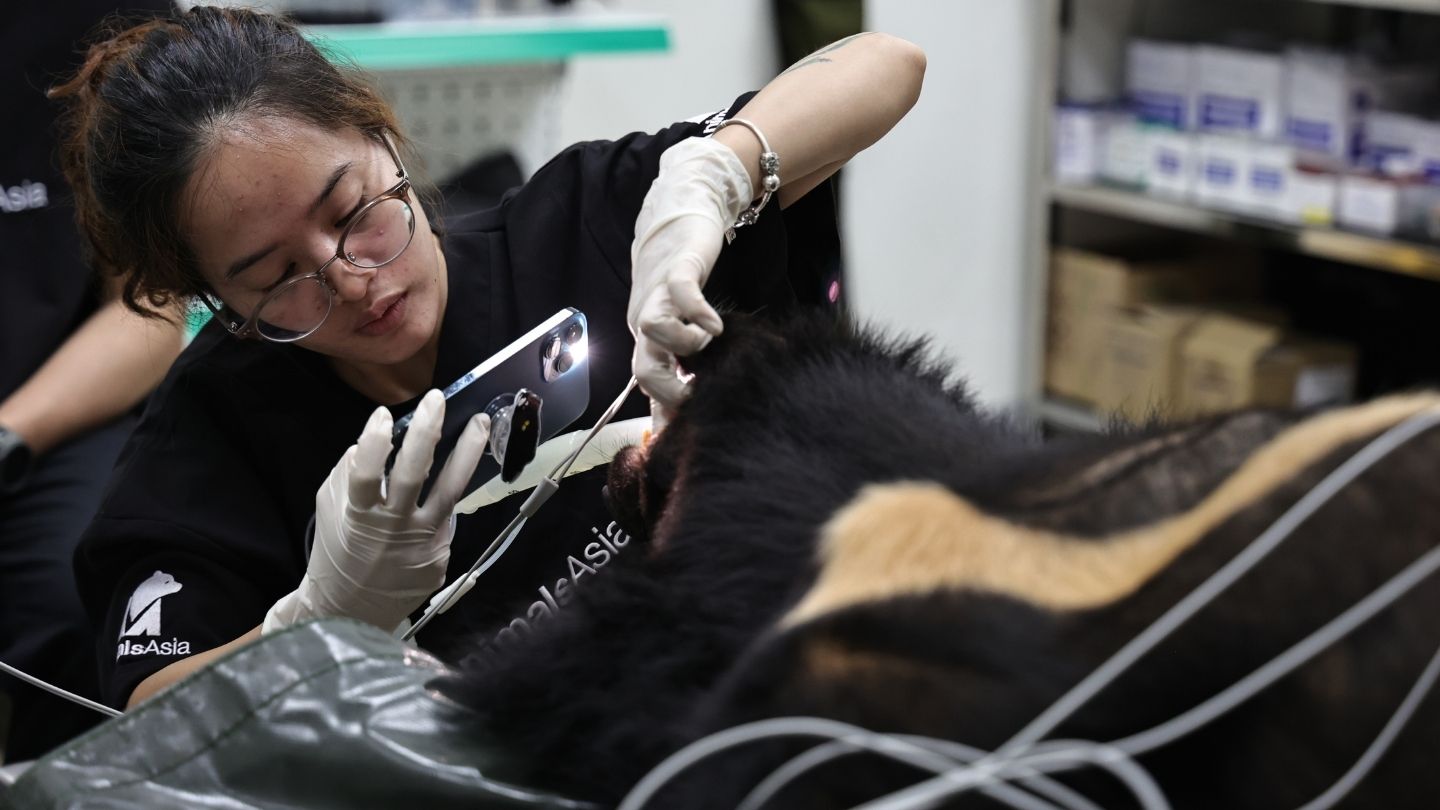
Why does bear farming continue?
Despite bans in countries like Vietnam and Laos, bear bile farming continues due to demand and inconsistent law enforcement. Legal loopholes allow the practice to masquerade as pet ownership, and enforcement agencies are overstretched and under-resourced. In China, where the practice is still legal, farms operate on an industrial scale.
What is bear bile used for?
Bear bile contains ursodeoxycholic acid (UDCA), and is used to treat liver and gall bladder issues. It’s also found in other traditional remedies, cosmetics and even wine and toothpaste.
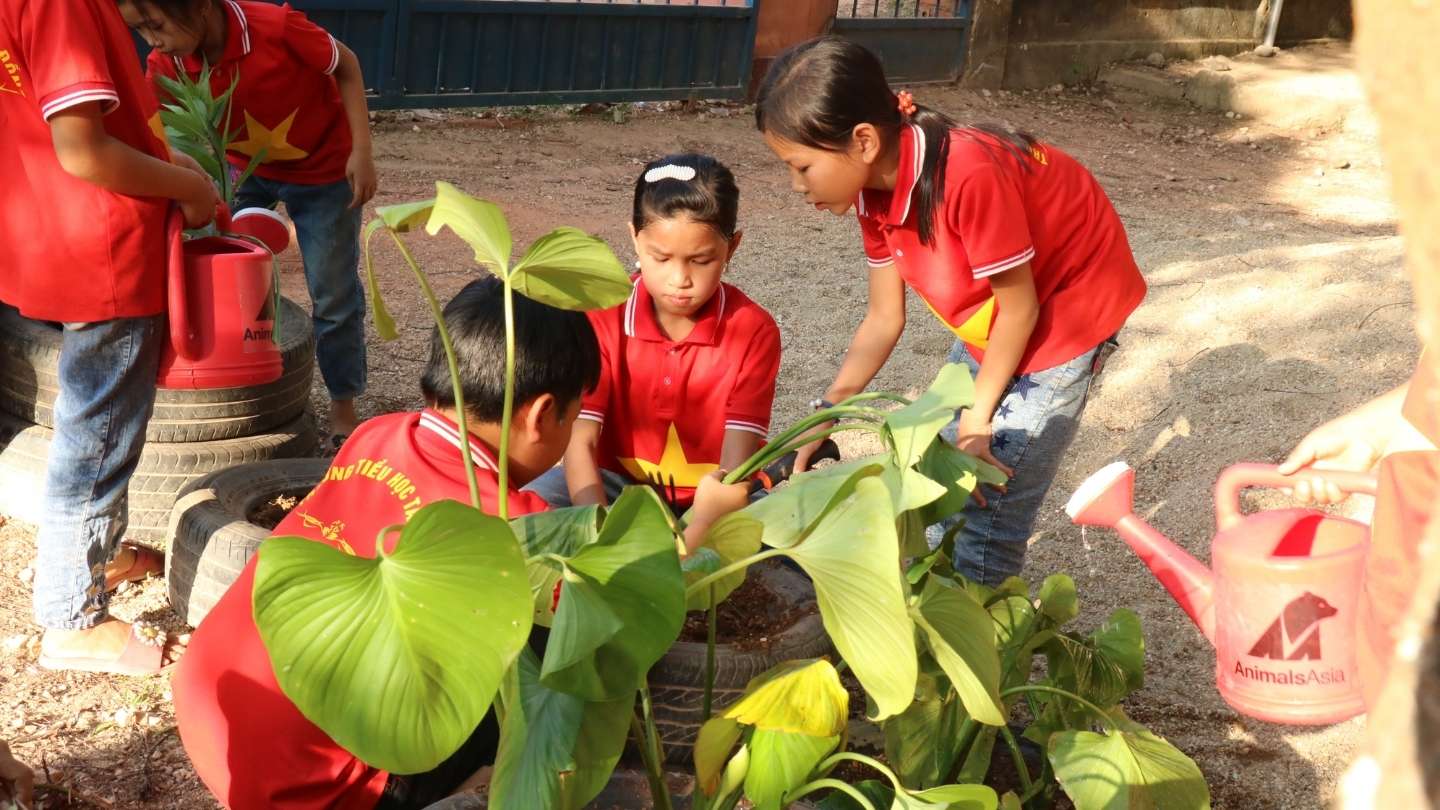
Alternatives to bear bile
Over 30 herbal and synthetic alternatives to bear bile exist – all safe, legal, and cruelty-free. Animals Asia promotes these alternatives. We also:
- Offer free health checks with traditional doctors who don’t prescribe bear bile
- Create herb gardens with schools and communities to raise awareness of alternatives to bear bile
- Hand out booklets celebrating the medicinal herbs that replace bear bile
- Work with businesses to develop and distribute herbal alternatives to bear bile
Help us put an end to animal cruelty
Animals are being captured and exploited every day. Animals Asia has helped thousands, but there is always another animal in need of our help. Please donate today.
Donate now